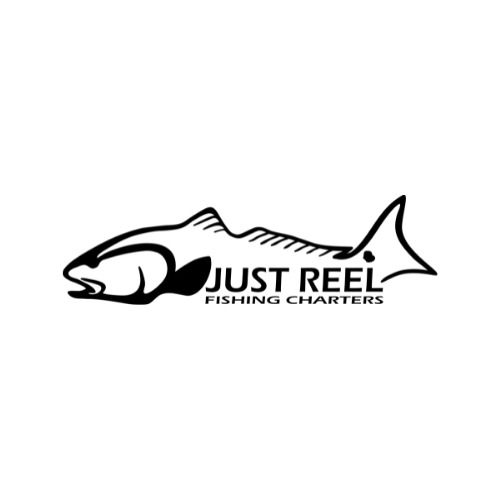Poinciana, lovebugs and tarpon – the signs of spring in Florida
It’s happening again. The poinciana trees are in bloom as their fire red and orange flowers burst open in a radiant display of color.
The love bugs are around as they splatter on windshields and grills of vehicles.
And if you’re a fisher in west central Florida you know what that means.
That’s right.
It’s tarpon season.
Respectable numbers of fish migrating along the coast are gathering along our beaches as they meet up with resident stocks in preparation of their annual trip offshore to spawn.
Finding these fish along the beaches is fairly easy for the trained eye. Especially with the emerald green crystal clear water conditions we are experiencing. The barrier islands — Longboat Key, Anna Maria and Egmont Key — are being visited by tarpon as well as hordes of fishers with hopes of catching the fish of a lifetime.
It’s wise to get out there early to beat the heat and the crowds when attempting to target these large prehistoric fish.
Casting baits such as threadfin herring or pass crabs is advantageous, although other baits such as pinfish, shad and dead baits will work, too.
Live baiting is the most favored way to target these fish although anchoring and chumming with dead baits — despite not being as challenging — can be quite effective. Most catches range 50-100 pounds, although fish nearing 180 pounds or larger are not unheard of. The use of large spinning tackle with heavy braided line is preferred, especially when casting baits to schooling fish.
For those not enthusiastic about tarpon fishing, the back country waters of Tampa Bay and its adjacent bays are producing plenty of action.
Catch-and-release snook fishing is in full force as these fish school up in preparation for their spawning season. Spotted seatrout are also quite abundant. Fishing deeper grass flats is working well when targeting trout. You may also find trout along the beaches if you know where to look.
Other inshore species such as jack crevalle, Spanish mackerel and ladyfish can be caught. Again, deep grass flats are a good place to search. The Spanish mackerel can be found around structure such as artificial reefs or wrecks.
Lastly, numerous sharks of all sizes and species are being seen along the beaches and in the shallows of the bays. Blacktip sharks are the most common but don’t rule out encounters with bull sharks and hammerheads.
On my Just Reel charters, I’m seeing plenty of catch-and-release snook action. On some mornings 25 or more snook are being reeled to the boat. Most catches are 20-26 inches. although some slot-size fish 28-33 inches are mixed in for lucky anglers.
Spotted sea trout also are being caught frequently. Free-lined shiners over deep grass is working best. Keeper-size fish 15-19 inches are being caught with many smaller examples mixed in.
Lastly sight-casting chunk baits to sharks along the shallows and sand bars is proving to be exciting as hungry blacktip and sandbar sharks are quickly devouring our offerings.

